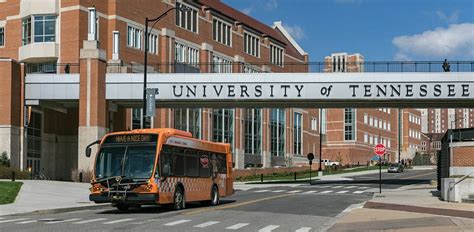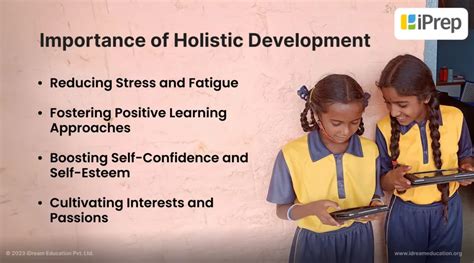Introduction

Extracurricular activities, often organized as clubs, play a pivotal role in fostering student engagement, cultivating diverse interests, and promoting holistic development beyond the classroom. This article delves into the multifaceted benefits of clubs in schools, highlighting their impact on student well-being, academic achievement, and future success. By exploring the types of clubs available, best practices for club management, and common challenges, educators and policymakers can harness the transformative power of clubs to enhance student experiences and empower them to become well-rounded individuals.
Benefits of Clubs in Schools
1. Enhanced Student Engagement
Clubs provide students with opportunities to pursue their passions and interests outside of traditional academic settings. According to a study by the National Association of Secondary School Principals, students involved in extracurricular activities have higher levels of engagement and school satisfaction. They also report feeling more connected to their peers and the school community.
2. Improved Academic Performance
Research suggests that participation in clubs can positively impact academic performance. A meta-analysis of over 100 studies found that students involved in extracurricular activities earned higher grades and had better attendance records. This is likely due to the fact that clubs develop essential skills such as teamwork, problem-solving, and time management.
3. Fostering Social and Emotional Development
Clubs create a supportive and inclusive environment where students can interact with peers who share similar interests. They learn to work together, resolve conflicts, and build lasting friendships. These experiences contribute to the development of social and emotional skills, which are crucial for success in both personal and professional life.
4. Increased Leadership and Responsibility
Many clubs have leadership positions that allow students to develop their leadership and organizational skills. By taking on responsibilities such as planning events, managing budgets, and mentoring younger members, students gain valuable experience that prepares them for future roles.
5. Career Exploration and Preparation
Clubs can provide students with early exposure to potential career paths. For example, a robotics club can spark an interest in science and technology, while a drama club can develop communication and performance skills. This early exploration can help students make informed decisions about their future education and careers.
Types of Clubs in Schools
School clubs encompass a wide range of interests and activities, including:
- Academic Clubs: Focus on specific academic disciplines, such as math, science, or history.
- Arts Clubs: Engage students in music, dance, theater, or visual arts.
- Social Justice Clubs: Promote awareness and advocacy for social and environmental issues.
- Sports and Recreation Clubs: Offer opportunities for physical activity, competition, and team building.
- Hobby Clubs: Cater to specific hobbies and interests, such as gaming, photography, or crafts.
Best Practices for Club Management
To ensure the success and sustainability of school clubs, it is essential to implement best practices for club management, including:
- Establish Clear Objectives: Define the goals and expectations for each club.
- Secure Funding and Resources: Explore funding sources and allocate resources to support club activities.
- Recruit and Train Club Leaders: Identify students with leadership potential and provide them with training and mentorship.
- Foster Positive Club Culture: Create a welcoming and inclusive environment where all students feel valued and respected.
- Monitor and Evaluate Club Progress: Regularly assess club performance and make adjustments to ensure continuous improvement.
Common Challenges in Club Management
Despite their benefits, clubs in schools can face challenges, including:
- Lack of Student Interest: Some students may not be interested in participating in clubs or find the existing club offerings irrelevant.
- Funding Constraints: Limited school budgets can make it difficult to provide adequate support for club activities.
- Time Constraints: Students may have limited time to participate in clubs due to academic or other commitments.
- Burnout: Club leaders may experience burnout if they are not supported or their workload is too heavy.
- Lack of Supervision: Clubs may not have sufficient adult supervision, which can lead to safety concerns or inappropriate behavior.
Overcoming Common Challenges
To overcome common challenges in club management, schools and educators can:
- Survey Students: Regularly gather feedback from students to identify their interests and address any unmet needs.
- Explore Partnerships: Seek partnerships with community organizations or businesses that can provide funding or volunteer support.
- Offer Flexible Participation Options: Allow students to participate in clubs on a part-time basis or offer virtual club meetings.
- Delegate Responsibilities: Distribute club tasks among multiple students to reduce the burden on individual leaders.
- Provide Training and Support: Offer training and professional development opportunities for club leaders and adult supervisors.
Conclusion
Clubs in schools serve as a vital platform for student engagement, holistic development, and future success. By providing opportunities for extracurricular exploration, social interaction, leadership development, and career exploration, clubs empower students to become well-rounded individuals. Through effective club management practices and a commitment to meeting the needs of students, schools can harness the transformative power of clubs to create a more enriching and fulfilling educational experience for all students.
Additional Resources for Club Management
- National Association of Secondary School Principals: https://www.nassp.org/
- Association for Middle Level Education: https://www.amle.org/
- National School Board Association: https://www.nsba.org/
Frequently Asked Questions about Clubs in Schools
- How can I find a club that aligns with my interests?
- Talk to your teacher or school counselor about your interests.
- Check the school website or bulletin boards for club information.
-
Attend club fairs or open houses to meet club leaders.
-
How much does it cost to join a club?
- Most clubs are free to join.
-
Some clubs may have membership dues or activity fees to cover expenses.
-
How much time do I need to commit to a club?
- Club meetings typically occur once or twice a week.
-
Additional time may be required for practices, events, or volunteer work.
-
What if I don’t have enough time to participate in a club?
- Some clubs offer flexible participation options, such as part-time membership or virtual meetings.
-
Consider joining a club that aligns with your schedule and commitments.
-
How can I become a club leader?
- Talk to your teacher or club advisor about your interest in leadership.
- Demonstrate your commitment and skills through active participation in the club.
- Reach out to current club leaders to learn more about their responsibilities.
